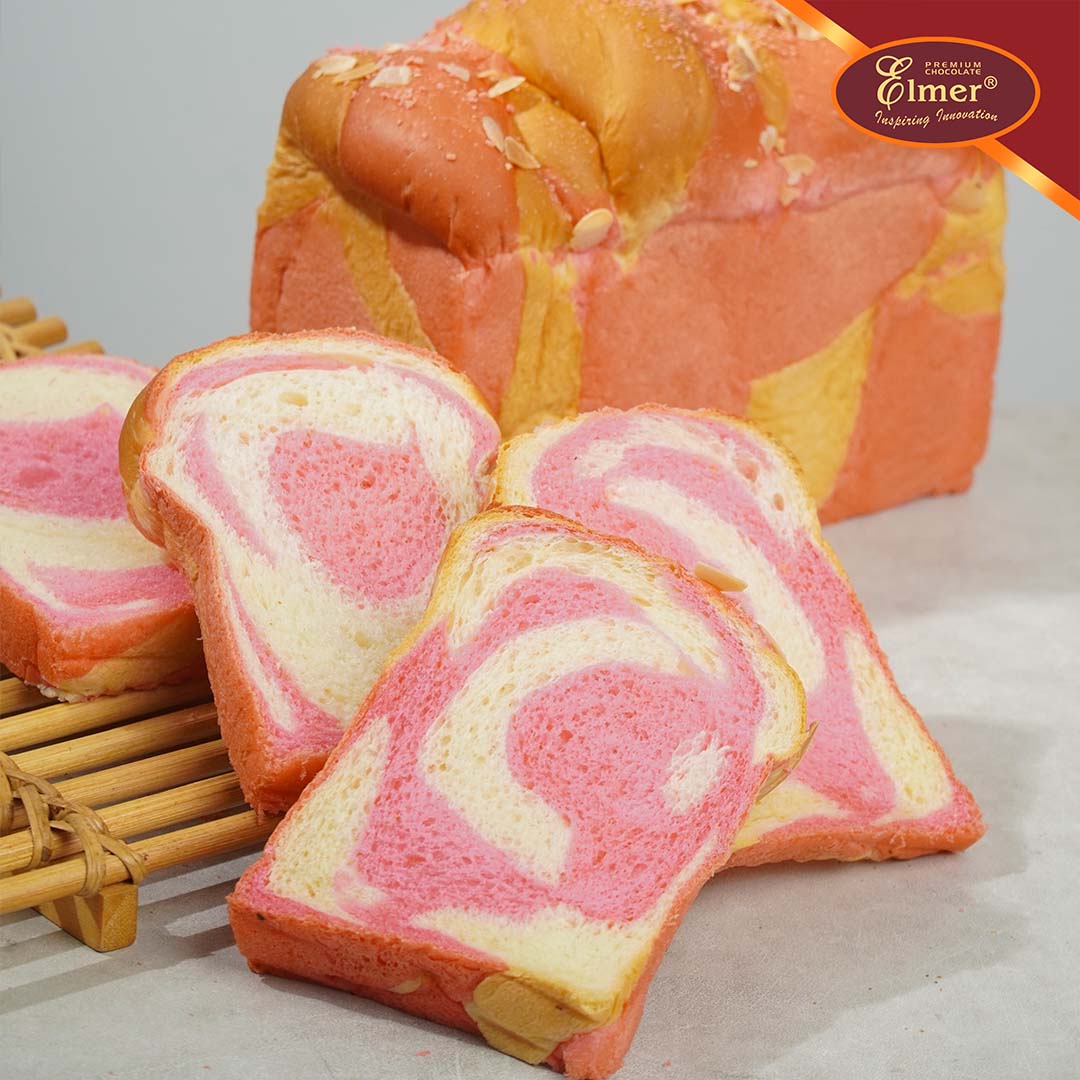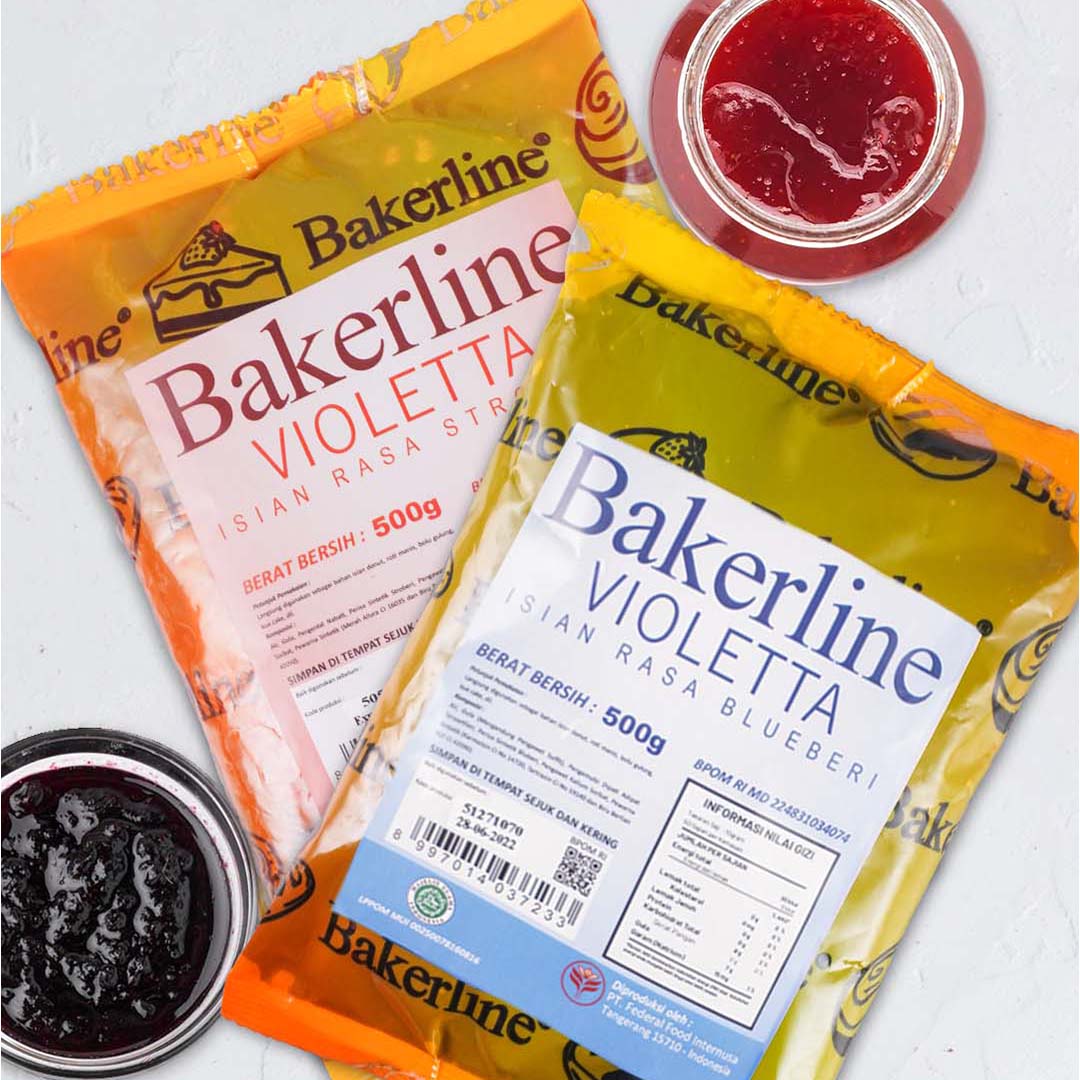7 Tips to Make Soft, Bakery-Style Bread — Perfect for Beginners & Professional Bakers

Creating soft, fluffy, fragrant bread that stays fresh for longer, just like in a professional bakery, is the dream of every baker. Whether you’re a beginner or an experienced bakery owner, keeping bread consistently soft and fresh is a challenge that requires precision, skill, and the right techniques.
Bread-making is more than just mixing flour and water. It’s about understanding your ingredients, mastering each step, and avoiding common mistakes. Even something as simple as using the wrong flour or skipping proper proofing can leave you with dense, unappealing bread.
Here are 7 proven tips to help you make soft bakery-style bread, explained in a way that’s simple to follow but effective enough for professional results.
1. Choose the Right Flour
Flour is the foundation of your bread. For soft, bakery-style bread, always use high-protein bread flour. This type of flour contains more gluten, which creates structure, helps dough rise beautifully, and results in a soft yet chewy texture. Make sure the flour is fresh, lump-free, and stored properly to maintain quality.
2. Measure Ingredients Accurately
Guessing measurements is one of the most common mistakes, especially for beginners. In bread-making, precision is everything. Use a digital kitchen scale to measure both dry and wet ingredients exactly as stated in your recipe. Too much liquid can make the dough sticky, while too much flour can make the bread dry.
3. Activate Yeast Properly
Yeast is the “life” of your bread. Activate it in warm water (around 37–40°C / 98–104°F) with a small amount of sugar to kickstart fermentation. Avoid hot water, as it can kill the yeast. Also, make sure your yeast is fresh and stored in an airtight container to maintain potency.
4. Knead Until Fully Developed
Kneading builds gluten, which gives bread its elasticity and structure. Mix and knead the dough until smooth, elastic, and able to pass the “windowpane test”, when you can stretch a small piece of dough into a thin, translucent sheet without tearing. This means your gluten network is fully developed and ready to rise.
5. Allow Proper Resting & Proofing
Fermentation is the secret to soft, flavorful bread. After kneading, let the dough rest until it doubles in size, then shape it and proof again before baking. Avoid over-proofing, which can cause bread to collapse in the oven. Under-proofing, on the other hand, can make bread dense.
6. Bake at the Right Temperature
Always preheat your oven before baking. The ideal baking temperature and time depend on the size and type of bread. Larger loaves need more time at slightly lower temperatures, while smaller rolls may bake faster at higher heat. Proper baking ensures even texture and a golden crust.
7. Use a Quality Bread Improver
For consistent results and extra softness, use a bread improver like Bakerline Maxi Soft Bread Improver. It helps increase bread volume, strengthen the dough structure so it won’t collapse easily, and extend softness for longer freshness. Suitable for all bread types, from soft rolls, sweet buns, and croissants to pao and sandwich bread, Bakerline Maxi Soft is especially ideal for fresh bread production in both home and commercial bakeries.
Making soft, bakery-quality bread is all about balancing the right ingredients, techniques, and patience. Every step, from flour selection to proofing, plays a crucial role. If you want consistently soft, high-quality bread, don’t hesitate to use professional bread improvers like Bakerline Maxi Soft to maintain volume, texture, and freshness longer.
Get your Bakerline Maxi Soft Bread Improver now at your nearest baking supply store or through the official Elmer Chocolate online store.








